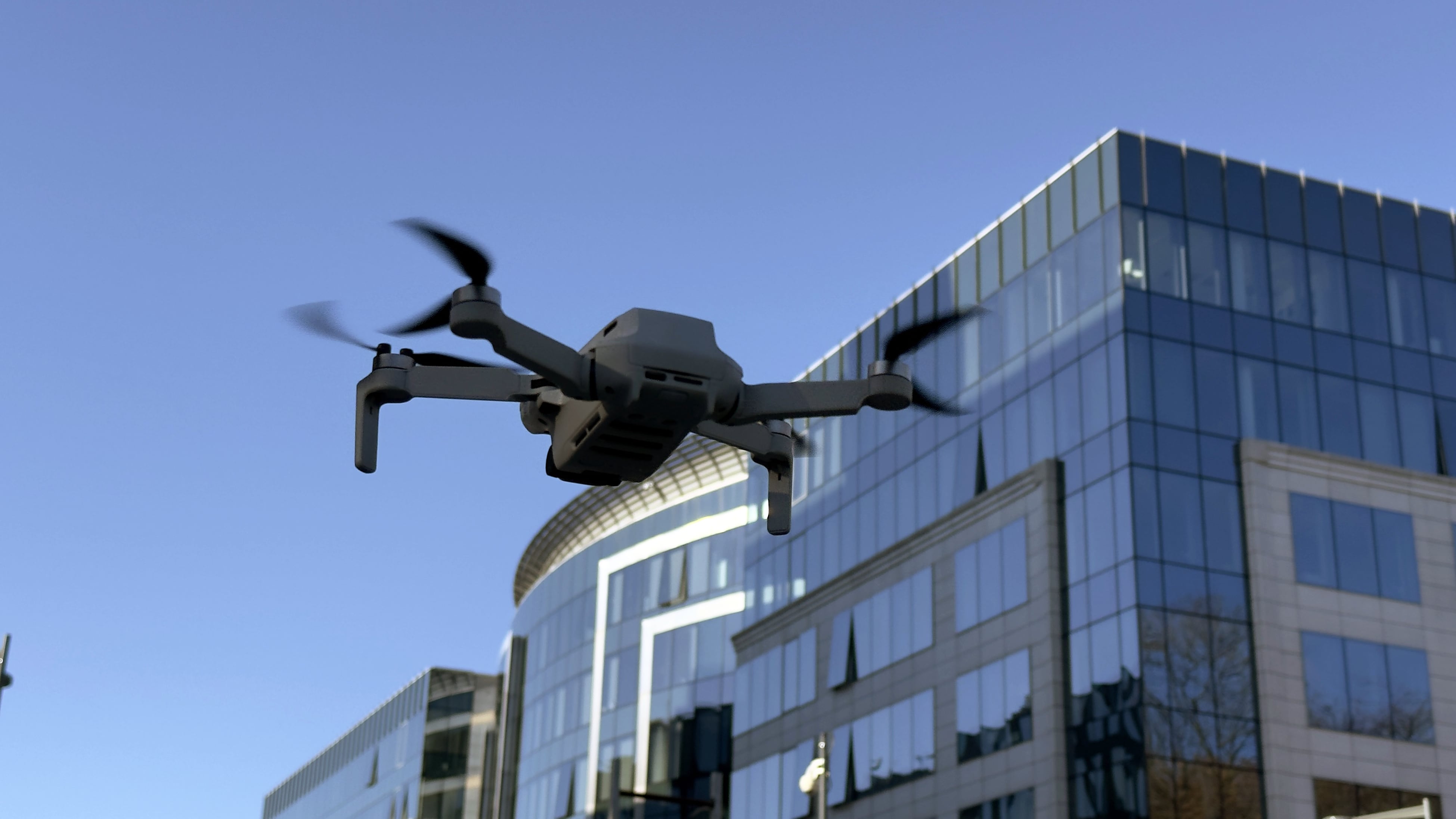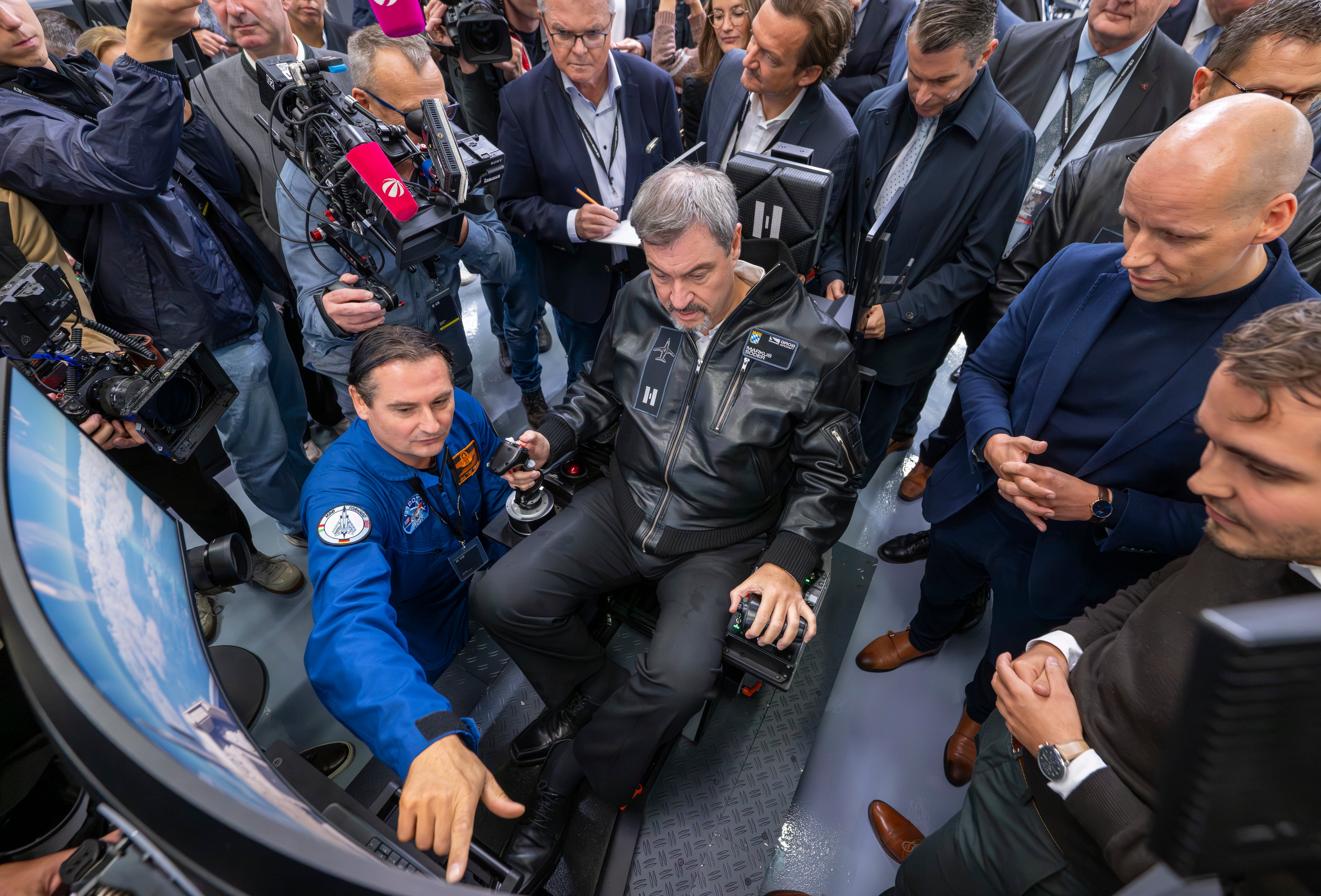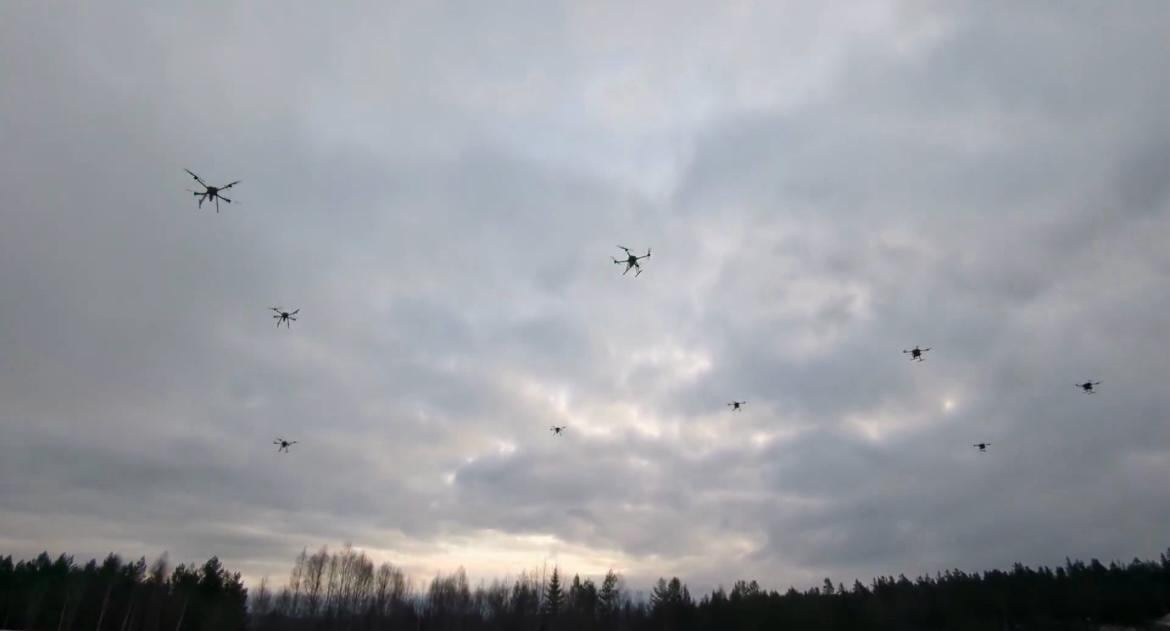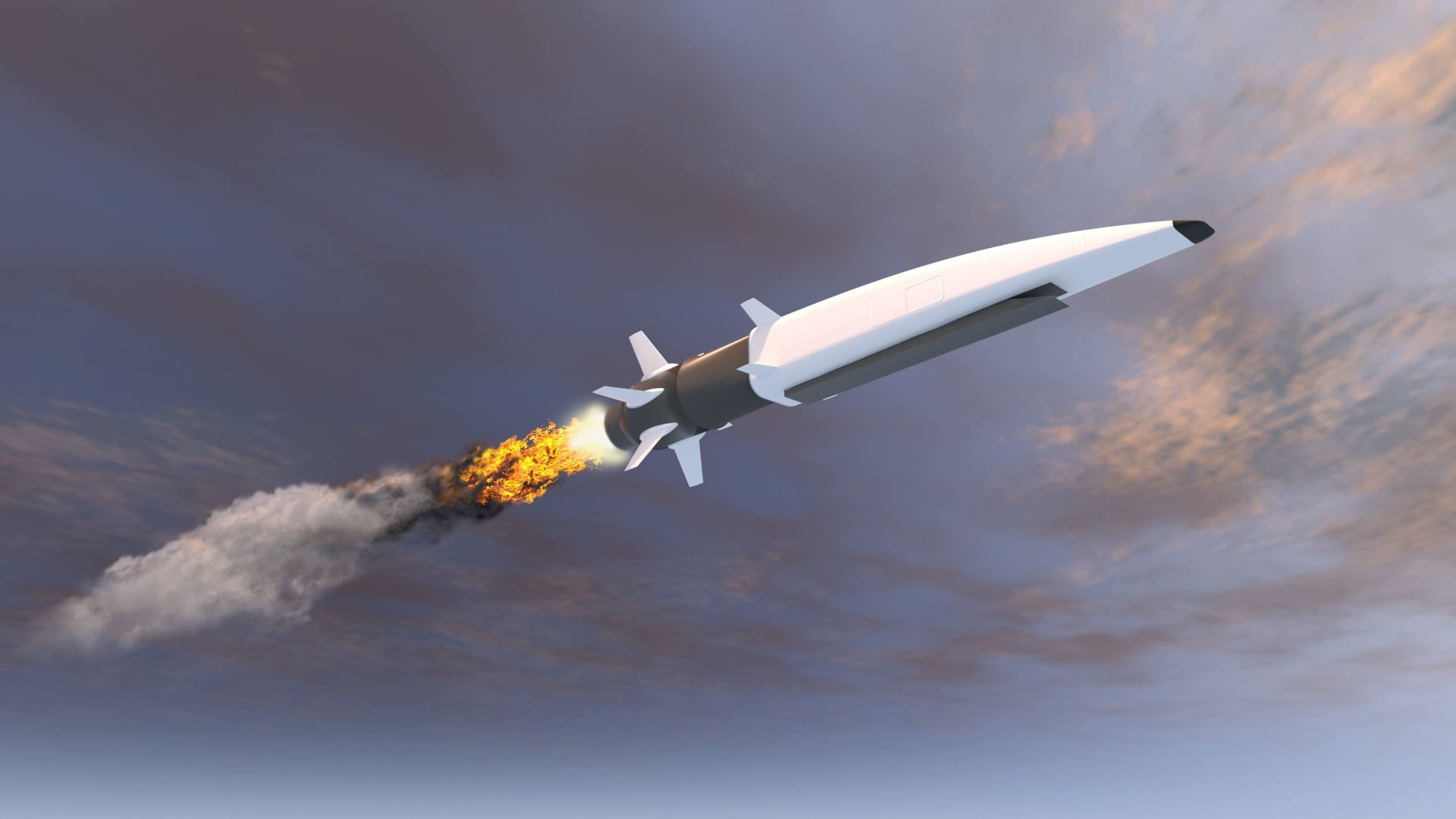If there is a limitation to the ever-present smartphone tablet, it’s the location of the screen.
A handheld device works fine if the person using it can spare the moment to look down at the screen and then back up at their surrounding. But suppose that action in combat is too fast for that glance down-and-up to be same. Enter the heads-up display, a tool developed to provide relevant information immediately to the eyeballs of the person wearing it. Army officials explored a version of the goggles this month, and the technology promises more capability in the future.
Earlier this year, Ryan McCarthy, now the acting secretary of the Army, and incoming Army Chief of Staff Gen. James McConville tried out prototypes of the Integrated Visual Augmentation System at Fort Pickett, Virginia, reported Military.com. That demonstration included running a “shoot house” mission alongside rangers and Marines, with the heads-up display on the goggles generating virtual enemies in empty rooms. It’s the kind of demonstration that shows how augmented reality googles can be a valuable training system.
Built on top of the Microsoft HoloLens platform, the technology has detractors. Workers at Microsoft sent a February 2019 letter to company leadership, arguing that the use of their labor to build a system tied to harm goes against what they thought they were building for the company. The augmented reality headsets, which weigh about a pound, are fundamentally dual-use technologies, and were originally pitched to employees as an educational and entertainment tool. While military training falls under the broadest possible definition of educational uses, combat would be a different story.
Combat-use cases likely extend to real-time facial recognition, such as the ability to find persons of interest in a crowd. DefenseOne reported that the personal identification capability was promoted at an Army Futures Command demonstration in Virginia. Facial recognition technology is, to some degree, ubiquitous in modern life, but it usually involves people voluntarily offering their photos to opt-in databases, rather than having faces scanned by military cameras and matched against checklists of persons of interest.
Facial recognition through a worn headset is most likely a feature of the long-running counter-insurgency wars fought by the United States. Such a scenario, in which a soldier or Marine might need to identify by face a uniformed enemy combatant in open battle, seems vanishingly rare. That use, in patrols and stability operations, suggests a possible second life on the law enforcement market, though such use may eventually be preempted by domestic laws.
Besides the utility of training or the spectre of facial recognition, the most likely use case for such a headset is in providing real-time drone information to a pilot on foot, while still allowing that pilot to see the ground in front of them. Most piloting controls for small drones either require focusing on a tablet screen or wearing opaque first-person-view headsets, neither of which are conducive to receiving video while moving.
Kelsey Atherton blogs about military technology for C4ISRNET, Fifth Domain, Defense News, and Military Times. He previously wrote for Popular Science, and also created, solicited, and edited content for a group blog on political science fiction and international security.








